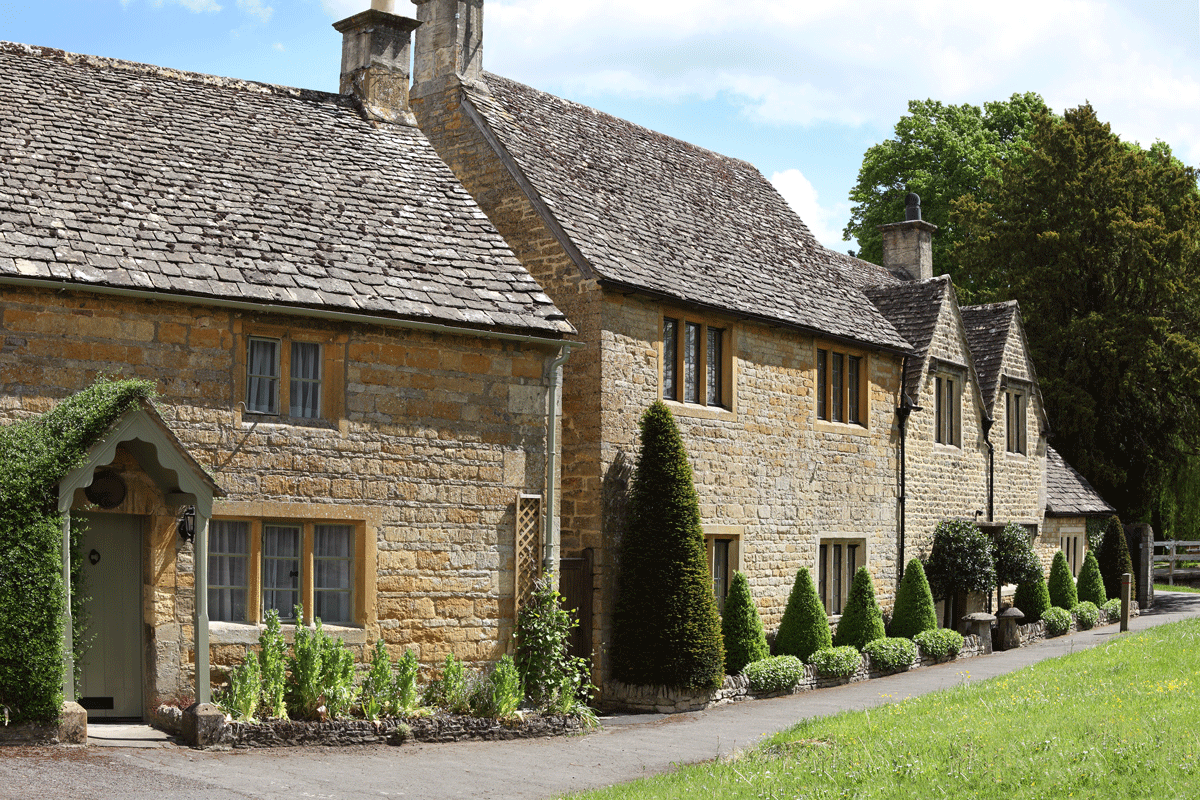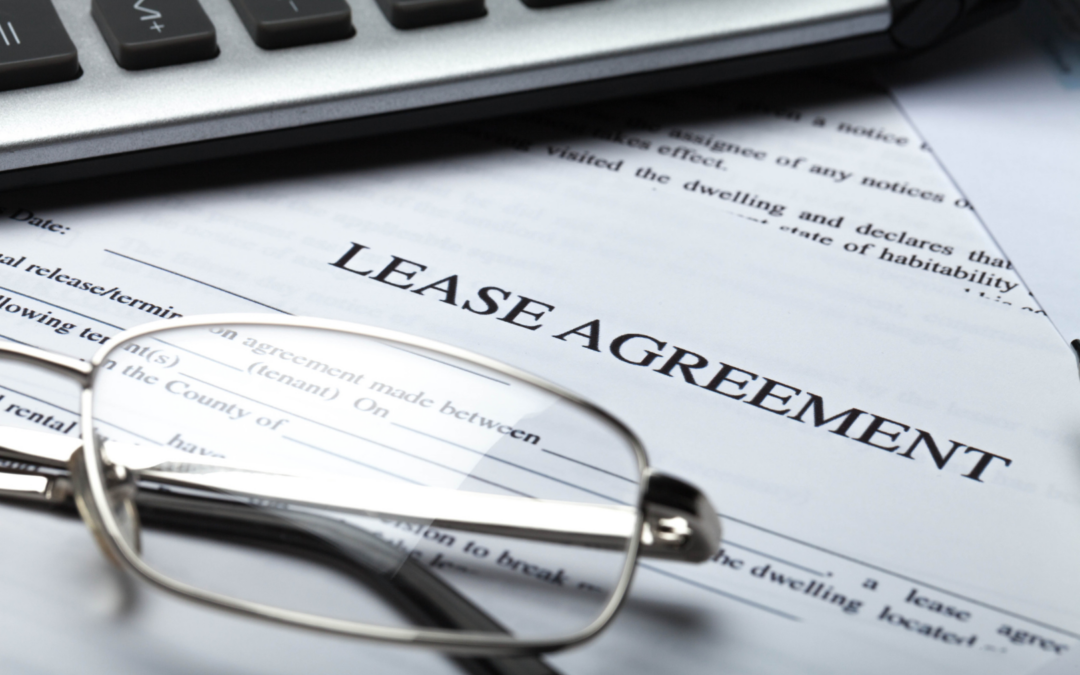Owning a listed property can give a property an edge when it comes to selling. OnTheMarket reveals a guide to buying a listed building here.
What does ‘listed’ mean?
The property is on a national register of buildings with architectural or historical importance. To check if a house is listed, visit this website.
What does this mean for buyers/tenants?
It means the building is protected both on the inside and outside and the owners must ensure its upkeep and not make any unauthorised alterations. You can’t suddenly tack a plastic conservatory onto the exterior of your Jacobean mansion.
Which buildings get listed?
Anything built before 1700 that is still more or less in its original condition. Plus most properties built between 1700 and 1840, along with later structures (1840-1914) that either demonstrate technological advances or were designed by famous architects. And post-1945 buildings are now being added to the list, though only those of spectacular importance.
Does the building have to be a house?
No, it can be a barn, a bridge, a gravestone or even a telephone box.
What’s the difference between a Grade I listed and a Grade II listed house?
In England and Wales, a Grade I building is the most protected structure, being considered of ‘outstanding or national architectural or historical interest’. Very few buildings (only two per cent of all listed structures) come into this category. Grade II starred status (four per cent of all listed buildings) indicates a structure of more than just local interest and Grade II listing (the majority, at 94 per cent or 500,000 buildings) denotes the place is of ‘special architectural or historic interest’. Both Scotland (three) and Northern Ireland (four) have similar grades of listing.
Can you alter a listed building?
Not without getting Listed Building Consent from your all-powerful local conservation officer, who is usually employed by your local council. Even if you’re just buying a listed building from someone else, you have to make sure the previous owners didn’t carry out any unauthorised work. If they did, it’s the new buyer’s job (i.e. yours) to put it right.
Can any changes or extensions be made?
Yes, but only with the approval of the conservation officer, who will probably insist on the use of bricks, tiles or other materials that match the original. Some listed homeowners view this official as an enemy, but on the whole, it’s best to view the conservation officer as a friend and ally, rather than an obstacle. After all, they have the power to say ‘yes’ or ‘no’.
Does anyone else get a say?
Yes, your local authority has to notify English Heritage of all planning applications for Grade I or Grade II starred properties. Sometimes, applications regarding Grade II homes are also referred to English Heritage as well.
Can you fight a refusal?
Yes, but it will involve a local inquiry called by the Secretary of State.
Do listed homes need regular maintenance?
Absolutely. Your to-do list should read as follows: check the roof, make sure gutters and drainpipes are clear, repaint external woodwork, replace putty around windows, carefully detach all creepers, clean chimneys twice a year, re-point brick and stonework, service all heating and electrical equipment, clean and repair plasters, renders, stone and brickwork. Always employ an expert to ensure any work is carried out properly and to the required standards.
What about insurance?
As the house must be repaired using traditional methods and materials, the policy will be more expensive than for a modern house. The sum insured should cover the cost of re-installing the entire house.
Where can I get friendly advice?
There is a register of specialist companies which supply products and services especially for listed buildings. You can access it through the Listed Property Owners Club (LPOC) website or by calling 01795 844939. Membership costs £55 per year for advice and news on listed properties. Each year, they hold a Listed Property Show in London, with specialist stalls and expert talks.
Can you get VAT relief?
A good source of advice for VAT is The Listed Property Owners Club. It has a full-time VAT adviser, who can guide you through the process.
No question that a listed building potentially presents more problems than a new home. But owners of listed properties say it’s the same as owning a vintage car. It may need more servicing but every time you look at it, you feel a little surge of pride and pleasure!






